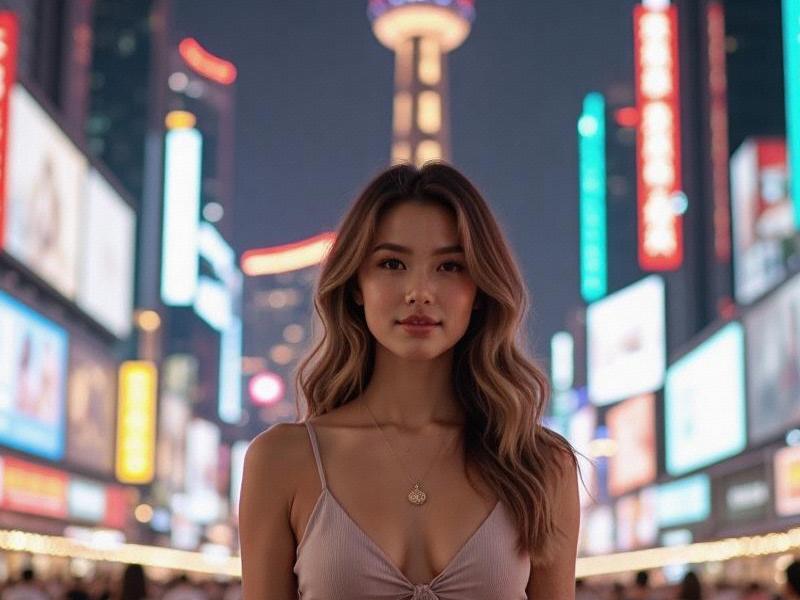
The glow of LED screens along the Bund waterfront tells a story of urban reinvention - where 1930s jazz bars once hosted foreign elites, today's multilevel entertainment palaces pulse with holographic hostesses, AI-powered karaoke systems, and tea ceremony rooms transformed into digital art installations.
Historical Foundations
Shanghai's entertainment DNA reveals fascinating socioeconomic shifts:
- 1920s-30s: The "Paris of the East" era with legendary venues like Paramount Ballroom
- 1950s-70s: State-controlled cultural palaces replacing bourgeois leisure
- 1980s: First KTV parlors introduced via Hong Kong and Taiwan investment
- 2000s: Luxury business clubs emerging alongside China's economic boom
- 2020s: Tech-integrated "experience economy" venues dominating the market
Current Market Segmentation (2025 Data)
1. Premium Business Clubs (¥8,000-20,000/group)
- Catering to corporate entertainment needs
- 38% market share with annual 12% growth
- Feature private negotiation rooms and cigar lounges
上海贵族宝贝自荐419 - Example: Cloud Nine's blockchain-themed VIP suites
2. Next-Gen KTV Complexes (¥500-3,000/person)
- 32% market share with 8% annual growth
- Combine holographic singing with spa services
- Smart systems analyze vocal range for song suggestions
- Emerging trend: Multi-generational family bookings
3. Hybrid Cultural Venues (22% market share)
- Government-supported "creative consumption" spaces
- Blend traditional arts with digital experiences
- Average spend ¥300-800/person
- Rising popularity among millennials
上海私人品茶 4. Underground Scenes (8% market share)
- Experimental art collectives in renovated factories
- Speakeasy-style jazz bars attracting global creatives
- Average spend ¥200-500/person
- Facing increasing regulatory scrutiny
Technological Disruption
- Facial recognition VIP systems (adopted by 72% premium venues)
- AI sommeliers recommending beverages (53% adoption rate)
- Holographic hostesses for large events (38% of high-end clubs)
- Blockchain-based membership programs (29% market penetration)
Regulatory Environment
2025 policy developments include:
上海喝茶服务vx - Stricter licensing requirements for late-night operations
- Mandated "healthy entertainment" initiatives
- 2AM curfews for venues near residential areas
- Tax incentives for culturally significant programming
Future Projections
Industry analysts predict by 2030:
- 60% of venues will incorporate metaverse elements
- Traditional teahouses will adopt AR storytelling
- Corporate entertainment will shift toward wellness-focused retreats
- Hybrid work-leisure spaces will dominate suburban markets
As Shanghai's skyline continues its metamorphosis, its entertainment venues serve as cultural barometers - preserving fragments of history while relentlessly innovating. From finance executives singing AI-curated duets in Lujiazui to avant-garde artists reviving 1930s jazz standards in former French Concession villas, these spaces collectively narrate Shanghai's ongoing story of reinvention.
